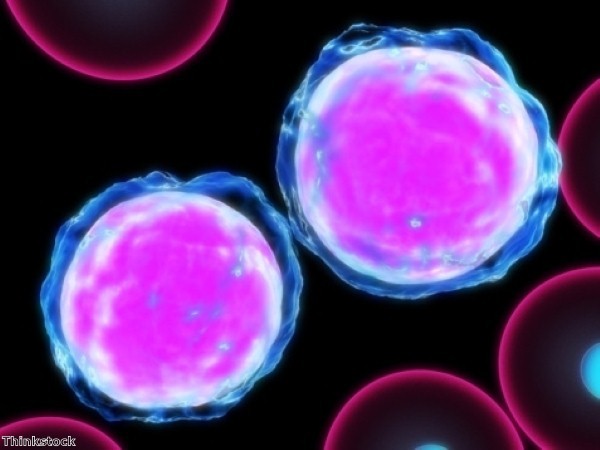A new stem cell treatment being developed at Loyola University could offer hope to patients suffering from leukaemia, lymphoma and other blood cancers.
The technique uses stem cells derived from umbilical cords, which are grown in a laboratory before being transplanted into patients.
According to Patrick Stiff, lead author of the study, the new treatment could boost the survival rate of patients undergoing transplants from umbilical cords. He presented his findings at the 2013 annual meeting of the American Society of Hematology.
Patients who undergo chemotherapy and radiotherapy as treatment for cancer have healthy blood cells damaged by the treatments that are used to kill the cancerous cells. Stem cells are used to replace these cells in affected patients, as they have the capacity to develop into healthy new cells.
Stem cells are formed in the bone marrow. Previously, patients have had to rely on donations from relatives or people on the bone marrow registry – but these do not always provide a perfect match, with more than half of sufferers unable to find a matching donor.
The new technique overcomes these difficulties, however, as stem cells derived from an umbilical cord blood bank do not require a perfect match.
A further problem with cord blood transplants is that many patients need to have a double dose of stem cells, as they contain only a small quantity of blood.
The study used a new form of technology to grow stem cells in a laboratory, increasing the number available for transplant. After 21 days, the number of stem cells had grown 14 times.
An experiment was conducted in which the new technology was used for cord blood transplants. Patients treated with the new method were found to have a significantly higher survival rate than those in a historical control group – 84.2 per cent compared with 74.6 per cent. Cells administered using the new method were also found to be more likely to engraft – to develop into new cells – compared with the previous study.

